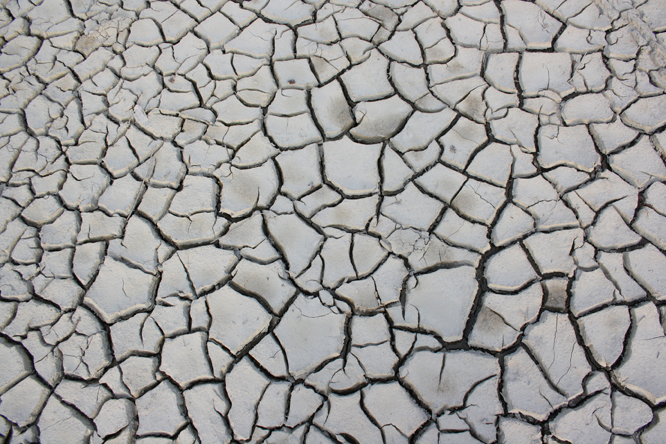Drought Response Workshop May 16-17
The 2016 Drought Response Workshop will take  place May 16-17, 2016, at the Atrium Hotel in Irvine, California. This event is sponsored by California Department of Water Resources (DWR), Southern California Water Committee (SCWC), and National Water Research Institute (NWRI). The two-day program will focus on drought planning, response, and mitigation measures, and will feature presentations and panel discussions by water resources professionals and academics. The registration fee is $20 for students and $40 for all others. A preliminary agenda is available on the event web site at: http://www.nwri-usa.org/drought2016.htm.
place May 16-17, 2016, at the Atrium Hotel in Irvine, California. This event is sponsored by California Department of Water Resources (DWR), Southern California Water Committee (SCWC), and National Water Research Institute (NWRI). The two-day program will focus on drought planning, response, and mitigation measures, and will feature presentations and panel discussions by water resources professionals and academics. The registration fee is $20 for students and $40 for all others. A preliminary agenda is available on the event web site at: http://www.nwri-usa.org/drought2016.htm.
The workshop has been approved by the California State Water Resources Control Board (SWRCB) for Continuing Education Units (CEUs) for drinking water operators. Participants can earn up to 5.5 hours for attending Day 1 and up to 5 hours for attending Day 2.
Register online at https://www.regonline.com/Register/Checkin.aspx?EventID=1824579.
For questions on the program and CEUs, please contact Suzanne Faubl at sfaubl@nwri-usa.org. For questions about registration, please contact Jaime Lumia at jlumia@nwri-usa.org. Or call the NWRI office at (714) 378-3278.







